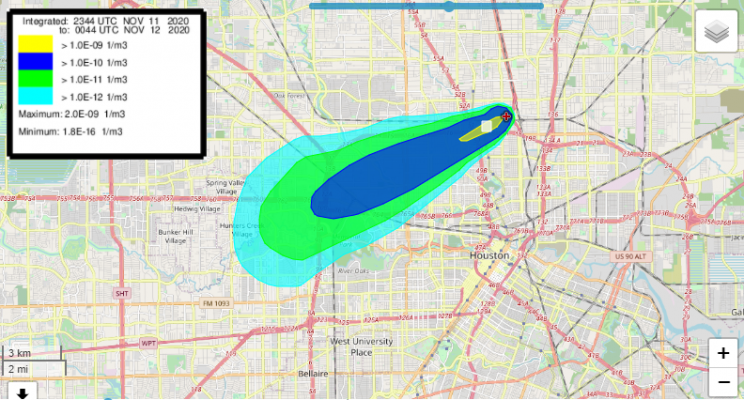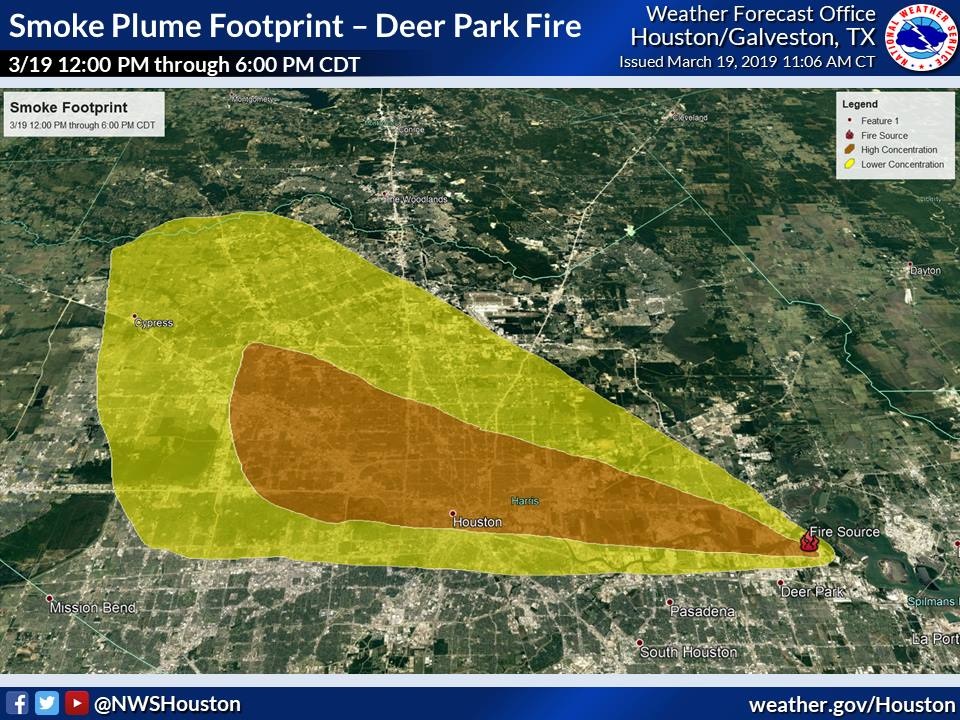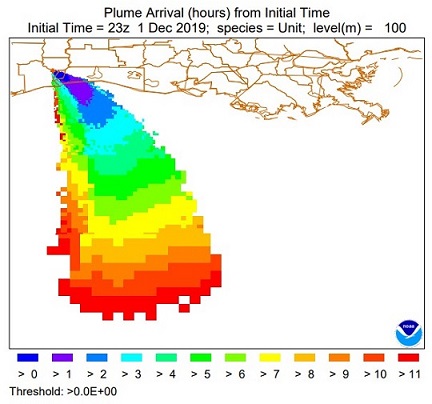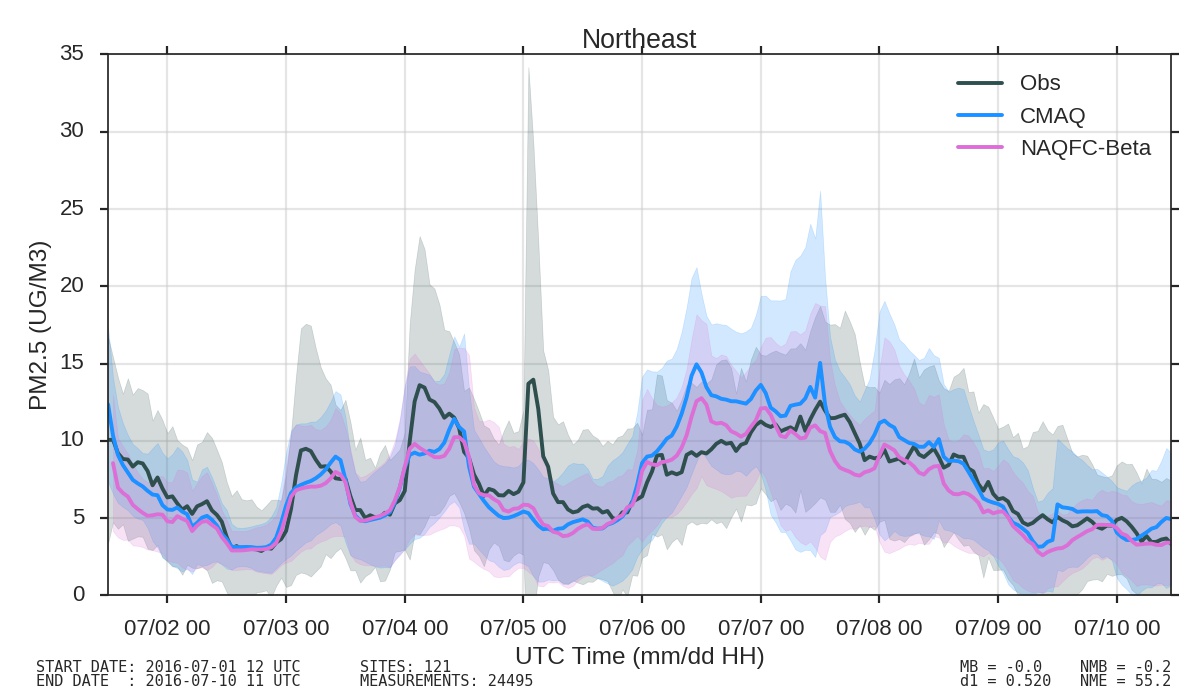Transport-Dispersion Modeling
Developed and maintained by ARL, HYSPLIT is the core engine of ARL’s transport-dispersion modeling activities and it is one of the most widely used models for atmospheric trajectory and dispersion calculations in the US and internationally. HYSPLIT is a complete system for computing simple air parcel trajectories as well as complex transport, dispersion, chemical transformation, and deposition simulations. Some examples of its applications include tracking and forecasting the release of radioactive material, wildfire smoke, windblown dust, pollutants from various stationary and mobile emission sources, allergens and volcanic ash. ARL’s dispersion products are not only used for operational applications at the NWS but also by other US government agencies, academia, and private companies.
HYSPLIT is under continuous development at ARL in collaboration with internal and external partners. The model evaluation activities described below are fundamental to this development as they provide objective assessments of model performance and allow hypotheses to be generated and tested. Quantification, and attempts to reduce uncertainty, is a related, core effort underpinning HYSPLIT development.





